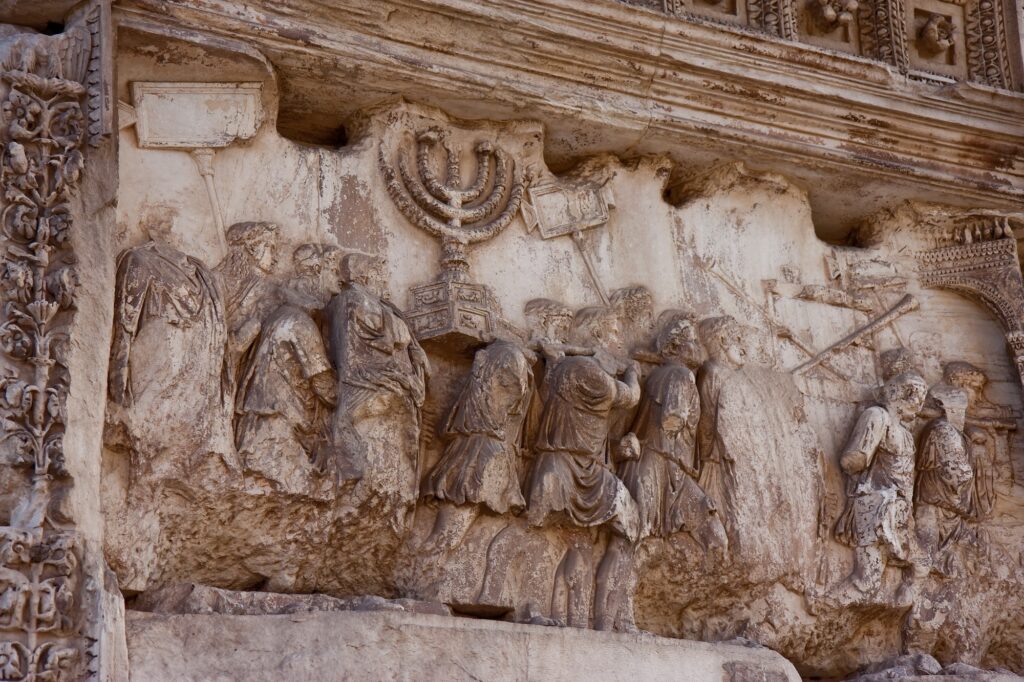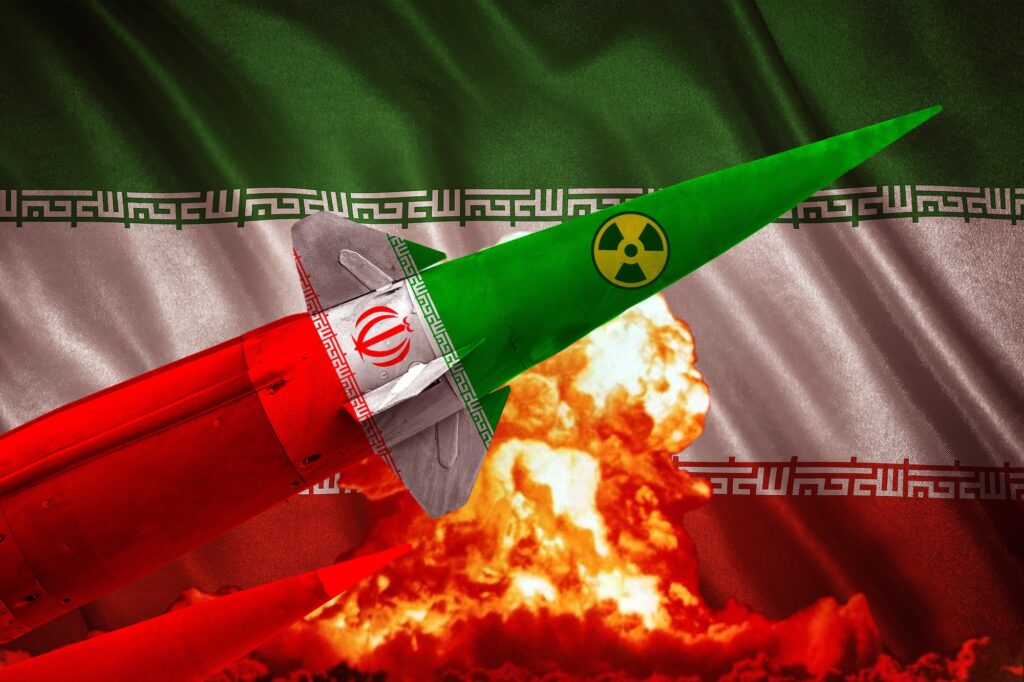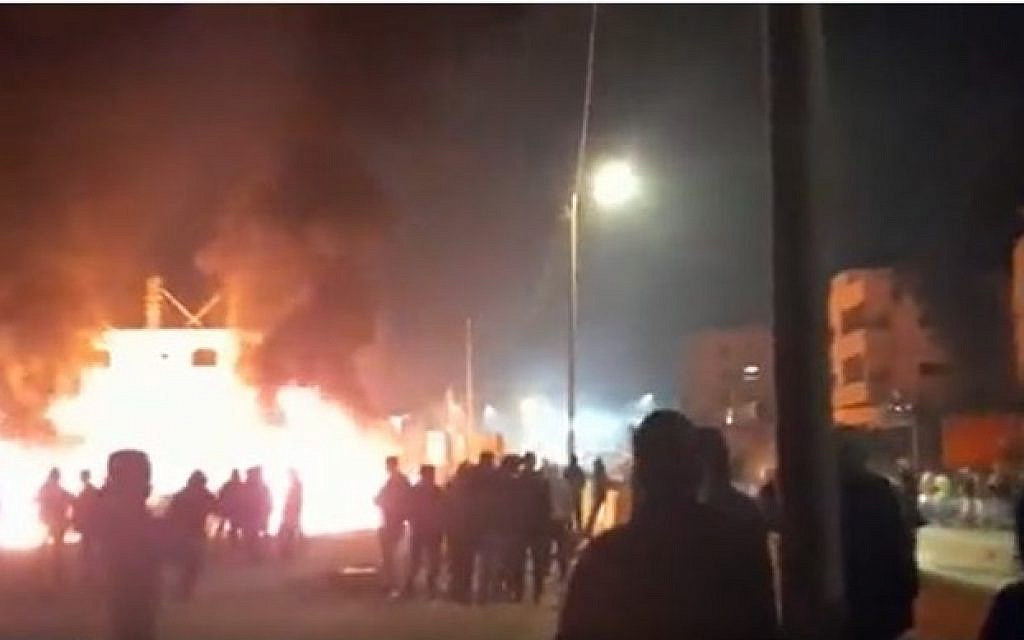IN THE MEDIA
Would Yitzhak Rabin approve of Trump’s peace plan?
February 6, 2020 | Allon Lee

Canberra Times, 6 FEBRUARY 2020
Criticism of US President Donald Trump’s “Deal of the Century” to solve the Israeli-Palestinian conflict has been directed at three points.
It grants the Palestinians only a nominal capital on the edge of Jerusalem; it lets Israel annex the Jordan Valley; and the Palestinian state it creates will lack geographic contiguity.
But critiques of the plan have included numerous distortions of the history of the convoluted Oslo peace process that began in 1993.
For example, on these pages on Monday, Tony Walker asserted that “… the year 1995 should be regarded as the reference point for any discussion of what lies ahead for the Palestinians and Israelis. That was the year a Jewish zealot assassinated Prime Minister Yitzhak Rabin. The so-called peace process effectively died that day.”
Emotionally, Rabin’s tragic murder certainly serves as a symbol of peace hopes dashed. However, as history, the claim that it was his death that doomed Oslo does not stand up.
In his last substantive speech to the Knesset – Israel’s parliament – on October 5, 1995, Rabin explained the “permanent solution” to the Israeli-Palestinian conflict he envisaged. This was “a Palestinian entity … which is less than a state … The borders of the State of Israel, during the permanent solution… will not return to the 4 June 1967 lines.”
Rabin also promised to keep a united Jerusalem under Israeli control, and that “the security border of the State of Israel will be located in the Jordan Valley, in the broadest meaning of that term”.
Finally, Rabin made a commitment “not to uproot a single settlement in the framework of the interim agreement, and not to hinder building for natural growth”.
In other words, his “permanent solution” shared remarkable similarities to Trump’s peace plan.
Rabin, a serious strategic thinker, understood for both practical and security reasons there could be no return to the situation of June 5, 1967. Then, as the Israel Defence Forces’ chief of staff, Rabin had needed to defend borders that, at their narrowest, were a mere 14 kilometres wide.So, he insisted on Israel’s army “be[ing] located in the Jordan Valley”.
Furthermore, as a veteran of the 1948 war that secured Israel’s creation but which resulted in the division of Jerusalem, the forced expulsion of Jews from the eastern part of the city, and the destruction of the Old City’s ancient Jewish quarter by Jordan’s occupation forces, Rabin vowed Israel must maintain control over the city and not let it be re-divided.
In addition, claiming Rabin’s murder was the death knell of the peace process obscures the simple fact that his successors, including Benjamin Netanyahu, travelled much further down the Oslo path than Rabin had a chance to.
July will mark 20 years since Israeli PM Ehud Barak, Arafat and US President Bill Clinton met at Camp David for 14 days in an effort to reach a resolution that would bring peace and security to Israel and a state for the Palestinians.
To Barak’s offer to share sovereignty over Jerusalem, with a Palestinian capital there, relocating tens of thousands of settlers, a Palestinian state on 90 per cent of the West Bank and all of Gaza and a mechanism to resolve the refugee issue, Arafat said “no”. Clinton lamented in his memoirs, after even further Israeli concessions, that “the deal was so good I couldn’t believe anyone would be foolish enough to let it go”.
Instead of peace, the orgy of terrorist violence in Israeli cities, known as the Second Intifada, broke out three months later. It killed over 1000 Israelis and wounded thousands more, and Palestinian leaders have boasted it was premeditated.
Then in 2005, Israel pulled completely out of Gaza to the 1967 lines – only to have the Islamist terror group Hamas take over the area and use it as a base for constant rocket and terror attacks to this day.
In 2008, current Palestinian President Mahmoud Abbas rejected “out of hand” – his own words – Israeli PM Ehud Olmert’s even more generous offer to the Palestinians of a state in Gaza, the equivalent of 100 per cent of the West Bank, and shared sovereignty in Jerusalem.
In 2013-14, with Barack Obama, the most pro-Palestinian president since Jimmy Carter in the White House, it was Abbas, not Netanyahu, who again spiked the talks, leading to a frozen peace process ever since.
It is the choices made by Palestinian, not Israeli leaders, that have shredded the Oslo process.
Trump’s plan is messy and reflects three decades of Palestinian terror and rejection, as well as regional threats from Iran and Sunni extremists.
It also shatters the out-of-date conventional wisdom that peace must conform to the 1967 armistice lines.
The accusation that it leaves the Palestinians with a state akin to “Swiss cheese” overlooks the model of the United Nations’ 1947 Partition Plan – which was also characterised by zones of sovereignty that were not contiguous.
This would admittedly be difficult to manage – but both plans are based on the sensible principle of drawing lines which place as many Jews as possible in Israel and as many Palestinians as possible in the Palestinian state.
We don’t know what Rabin would think of the contiguity question – but we can predict that he would certainly have supported the major impulse of Trump’s initiative, a return to the negotiating table to reach a mutually acceptable outcome.
And he would likely have been sympathetic to the Trump plan’s provisions on the Jordan Valley, settlements, and Jerusalem. He told us as much before his tragic murder.
Allon Lee is a senior policy analyst at the Australia/Israel & Jewish Affairs Council.
Tags: Israel, Palestinians, United States, Yitzhak Rabin





